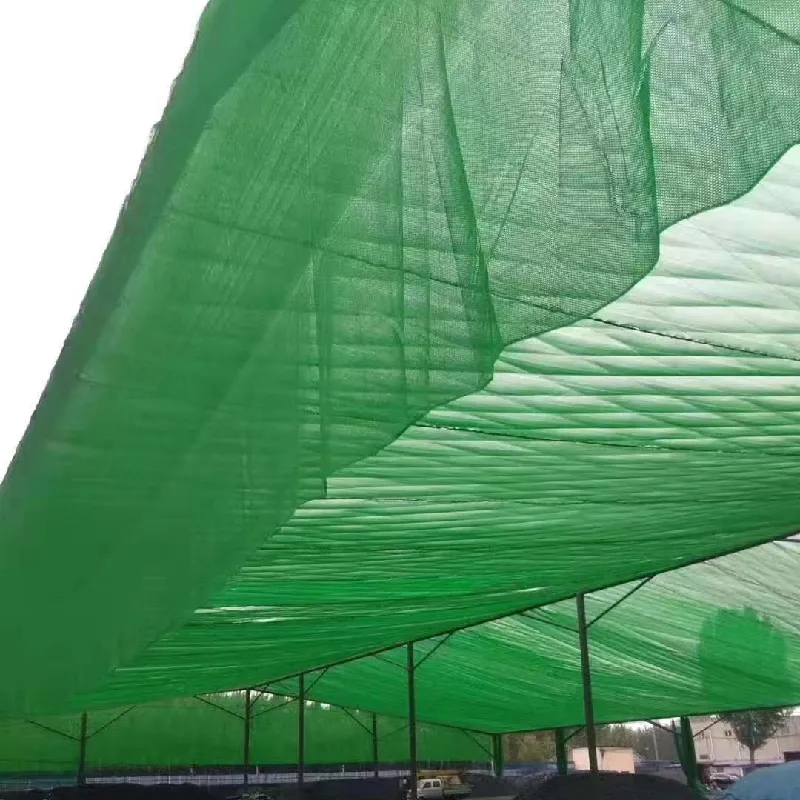-
 Afrikaans
Afrikaans -
 Albanian
Albanian -
 Amharic
Amharic -
 Arabic
Arabic -
 Armenian
Armenian -
 Azerbaijani
Azerbaijani -
 Basque
Basque -
 Belarusian
Belarusian -
 Bengali
Bengali -
 Bosnian
Bosnian -
 Bulgarian
Bulgarian -
 Catalan
Catalan -
 Cebuano
Cebuano -
 China
China -
 Corsican
Corsican -
 Croatian
Croatian -
 Czech
Czech -
 Danish
Danish -
 Dutch
Dutch -
 English
English -
 Esperanto
Esperanto -
 Estonian
Estonian -
 Finnish
Finnish -
 French
French -
 Frisian
Frisian -
 Galician
Galician -
 Georgian
Georgian -
 German
German -
 Greek
Greek -
 Gujarati
Gujarati -
 Haitian Creole
Haitian Creole -
 hausa
hausa -
 hawaiian
hawaiian -
 Hebrew
Hebrew -
 Hindi
Hindi -
 Miao
Miao -
 Hungarian
Hungarian -
 Icelandic
Icelandic -
 igbo
igbo -
 Indonesian
Indonesian -
 irish
irish -
 Italian
Italian -
 Japanese
Japanese -
 Javanese
Javanese -
 Kannada
Kannada -
 kazakh
kazakh -
 Khmer
Khmer -
 Rwandese
Rwandese -
 Korean
Korean -
 Kurdish
Kurdish -
 Kyrgyz
Kyrgyz -
 Lao
Lao -
 Latin
Latin -
 Latvian
Latvian -
 Lithuanian
Lithuanian -
 Luxembourgish
Luxembourgish -
 Macedonian
Macedonian -
 Malgashi
Malgashi -
 Malay
Malay -
 Malayalam
Malayalam -
 Maltese
Maltese -
 Maori
Maori -
 Marathi
Marathi -
 Mongolian
Mongolian -
 Myanmar
Myanmar -
 Nepali
Nepali -
 Norwegian
Norwegian -
 Norwegian
Norwegian -
 Occitan
Occitan -
 Pashto
Pashto -
 Persian
Persian -
 Polish
Polish -
 Portuguese
Portuguese -
 Punjabi
Punjabi -
 Romanian
Romanian -
 Russian
Russian -
 Samoan
Samoan -
 Scottish Gaelic
Scottish Gaelic -
 Serbian
Serbian -
 Sesotho
Sesotho -
 Shona
Shona -
 Sindhi
Sindhi -
 Sinhala
Sinhala -
 Slovak
Slovak -
 Slovenian
Slovenian -
 Somali
Somali -
 Spanish
Spanish -
 Sundanese
Sundanese -
 Swahili
Swahili -
 Swedish
Swedish -
 Tagalog
Tagalog -
 Tajik
Tajik -
 Tamil
Tamil -
 Tatar
Tatar -
 Telugu
Telugu -
 Thai
Thai -
 Turkish
Turkish -
 Turkmen
Turkmen -
 Ukrainian
Ukrainian -
 Urdu
Urdu -
 Uighur
Uighur -
 Uzbek
Uzbek -
 Vietnamese
Vietnamese -
 Welsh
Welsh -
 Bantu
Bantu -
 Yiddish
Yiddish -
 Yoruba
Yoruba -
 Zulu
Zulu
plastic safety netting
The Importance of Plastic Safety Netting in Construction and Sports
Plastic safety netting is a versatile and essential material used widely in various industries, primarily in construction and sports. Its primary purpose is to enhance safety by preventing falls, protecting workers, and ensuring the integrity of work sites. This article delves into the benefits, applications, and significance of plastic safety netting, highlighting why it is a crucial element in many operational environments.
What is Plastic Safety Netting?
Plastic safety netting is typically made from high-density polyethylene (HDPE) or polypropylene, making it strong, lightweight, and resistant to environmental factors such as UV rays and moisture. This material is engineered to provide durability while remaining flexible, which is crucial for its various applications. The netting comes in different mesh sizes and thicknesses, allowing for customization according to specific needs.
Applications in Construction
In the construction industry, plastic safety netting is primarily used to prevent injuries from falls. It can be installed around scaffolding, open edges, and high work areas to create a protective barrier. This is particularly important given that falls are one of the leading causes of injuries and fatalities in construction. By incorporating safety netting, companies can significantly reduce accident rates, ensuring that workers remain protected while performing their tasks.
Moreover, safety netting plays a critical role in material containment. During construction activities, loose materials can pose risks not only to workers but also to pedestrians and vehicles below. Plastic safety netting helps contain these materials, preventing them from falling and causing accidents. This containment ensures compliance with safety regulations and fosters a culture of safety on job sites.
plastic safety netting

Utilization in Sports
In sports, plastic safety netting is frequently used in arenas and recreational facilities to shield spectators from flying balls or equipment. Whether it’s in baseball stadiums, soccer fields, or tennis courts, safety netting serves as a protective barrier that enhances the viewing experience without compromising safety. This use of netting is essential in maintaining the well-being of fans, ensuring that they can enjoy the game without the fear of being hit by stray objects.
Additionally, plastic safety netting is also employed in training environments. Athletes utilize netting to create designated areas for practice, helping to keep balls or equipment contained within specific limits. This can be particularly beneficial in team sports where precision and control are essential.
Environmental Benefits
Beyond safety, plastic safety netting offers environmental benefits. Many manufacturers produce netting from recycled materials and aim to create products that are recyclable themselves. This commitment to sustainability is critical in an era where environmental concerns are at the forefront of public consciousness. By choosing plastic safety netting, companies can fulfill their safety requirements while also contributing to environmental stewardship.
Conclusion
In conclusion, plastic safety netting is an essential component across various industries, particularly in construction and sports. Its versatility, durability, and environmental advantages make it a preferred choice for ensuring safety and security. By implementing plastic safety netting, companies can protect their workers, the public, and enhance the overall safety of operations. As industries continue to prioritize safety, the role of plastic safety netting will undoubtedly grow, solidifying its place as a staple in safety practices worldwide.
-
Shipping Plastic Bags for Every NeedNewsJul.24,2025
-
Safety Netting: Your Shield in ConstructionNewsJul.24,2025
-
Plastic Mesh Netting for Everyday UseNewsJul.24,2025
-
Nylon Netting for Every UseNewsJul.24,2025
-
Mesh Breeder Box for Fish TanksNewsJul.24,2025
-
Expanded Steel Mesh Offers Durable VersatilityNewsJul.24,2025











